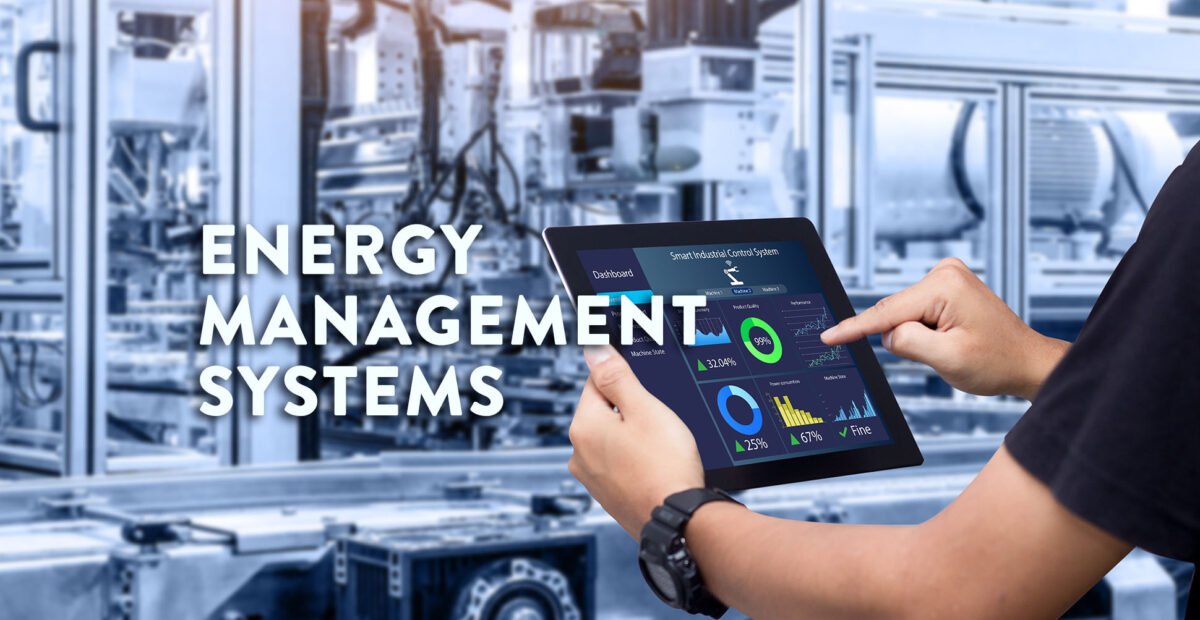Energy Management Systems – Assessing Performance

In most plastics processing electricity is the main energy source. Electricity use is not, as is sometimes thought, fixed and uncontrollable, it is variable and controllable. For most sites, the electricity use will be directly related to the production volume in a given time period.
It is possible to show this by plotting electricity use against production volume (processed amount of plastic) in the month or week as a scatter chart and finding the linear line of best-fit to the data. The equation of the line-of-best fit is the Performance Characteristic Line (PCL) for the site. This gives an insight into how the site functions and can be used for monitoring and targeting as well as for budgeting purposes. The PCL is the ‘energy fingerprint’ of the site and varies with every site. It gives important information on how the site functions.
Action:
- Plot electricity use against production volume (processed amount of plastic) in the month as a scatter chart. Use a spreadsheet to find the equation of the linear line of best-fit.
- The intersection of the line of best-fit with the electricity use axis is the ‘base load’. This is the energy use when no effective production is taking place but machinery and services are available. This should be approximately 30% of the total load.
- The slope of the linear line of best-fit is the ‘process load’ for the site and shows the average energy being used to produce each kilogram of polymer. The process load is process specific and varies with the process.
Dr. Robin Kent is the author of ‘Energy Management in Plastics Processing’, published by Elsevier and Managing Director of Tangram Technology Ltd. (www.tangram.co.uk ), consulting engineers for energy and sustainability management in plastics processing.
Also read:
- Energy Management Systems – Electricity Bill
- Energy Management Systems – Getting Started
- Energy Management Systems – Site Surveys
